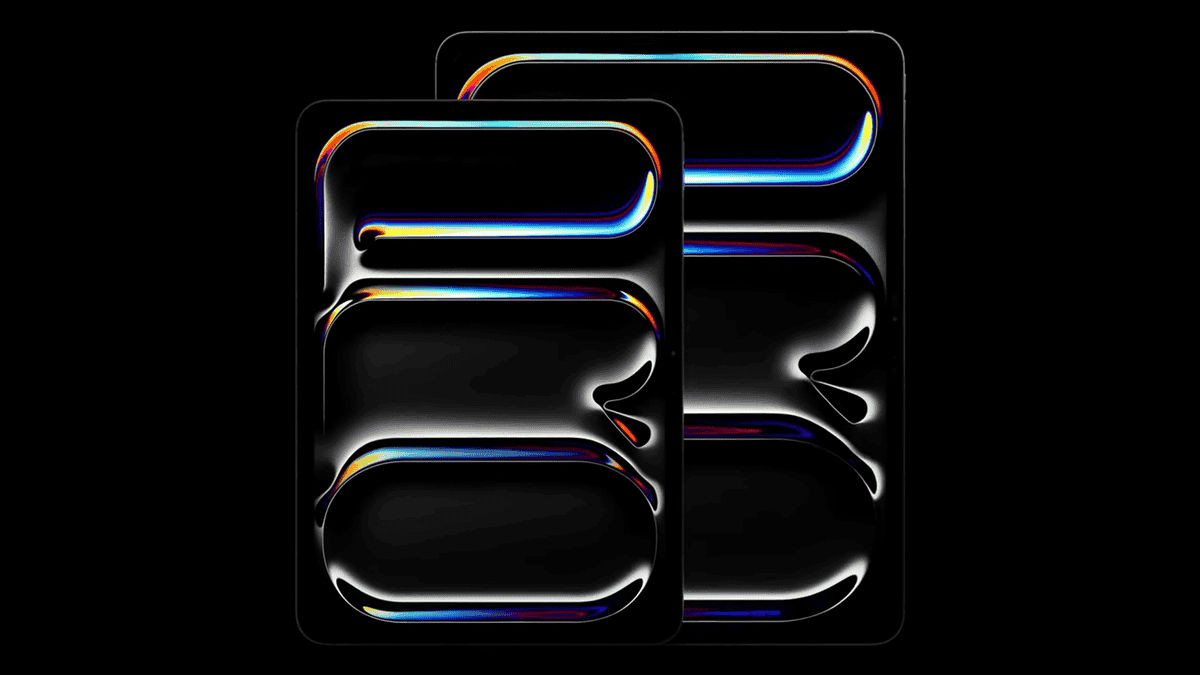
Once you master the basics, you might want to learn more photography techniques to help bring your creative vision to life.
So, I compiled this list of the top 5 photography techniques to master to level up the visual impact of your images.
I’ll give you an introduction to what they are, what you can achieve with them, and when they can be useful.
Without further ado, let’s get started.
Top 5 Photography Techniques to Master
If you’re a beginner photographer trying to improve your skills, you should master these popular techniques. They’re not too complicated, but they require some practice.
1. Macro
Credit: Pixabay
Macro photography is all about capturing tiny subjects. The most traditional definition of macro implies that you capture the subjects with a 1:1 reproduction ratio.
However, a 0.5:1 reproduction is often a common starting point as the lenses required for this are more affordable.
On the other hand, anyone who wants to specialize in macro photography and has the budget for it can get lenses that allow a higher ratio – even 5:1.
Another affordable way to start is by getting extension tubes, or diopters. If you don’t want to invest in gear until you’re sure you’ll like it, you can try reversing your lens – although that requires more practice.
Macro photography appeals to different types of photographers because the subjects can be as varied as insects, liquid droplets, jewelry, or the eye of a needle.
Some important things to consider are the depth of field, camera shake, lighting, and chromatic aberration.
2. Panning
Panning is a photography technique in which you follow a moving subject as you take the shot. As a result, you get a sharp subject while adding motion blur to the background.
Credit: Emrah Yazicioglu
This is an excellent way to add a sense of movement or speed to a still image. The most common way to do panning is to move the camera horizontally to follow a person running, a bicycle, or a car.
However, using panning to turn sunsets and other subjects into abstract photos is becoming an artistic trend. In this case, it’s easier to achieve the desired effect.
Credit: Paulo Prado
The most challenging part of traditional panning is matching the subject’s speed. The shutter speed, however, needs to be considered even when there isn’t a moving subject.
Remember to use AI-Servo or Continuous Focus mode to keep a moving subject in focus. Also, using a tripod can help you achieve a smoother and more consistent blur of the background – although it’s possible to shoot handheld.
3. Bokeh
Credit: Kirsten Buhne
Bokeh is the aesthetic quality given by unfocused lights in your picture. It’s a beautiful look sought after by many photographers and photography lovers.
Clients will often ask you for that effect on their portraits, food, or product photography.
To achieve an appealing effect, you need a ‘creamy’ and ‘smooth’ bokeh. You’ll notice that it’s important to have good control over the depth of field but also to have the correct lens.
The depth of field depends on the aperture, the distance between the camera and the subject, and the focal length you use. By mastering these factors, you can create a smooth transition between the sharp subject and the blurred background, achieving a good bokeh effect.
As for the lens, you’ll notice that different lenses create different bokeh. This is because of the diaphragm’s shape; the aperture blades can create circles, hexagons or octagons. You can also make custom bokeh shapes with simple DIY techniques.
4. Focus stacking
Credit: David Bartus
Focus stacking is a photography technique that allows you to extend the depth of field. This way, you can have the entire scene or subject in focus when this is impossible to achieve with your gear.
This technique is often used by landscape photographers. It allows them to add a foreground element to improve the composition while keeping the middle and background in focus.
Macro photographers also use this technique – especially if they’re photographing products such as jewelry. This is because macro photography has a very narrow depth of field, but products need to be completely sharp – so focus stacking is the perfect solution.
To use this technique, you photograph a series of images, each with a different focal point. Then, you blend them using a photo editing program to achieve a single, fully focused image.
Some cameras have a focus bracketing function, which automates the shooting process and allows you to blend the pictures later.
Others have a focus stacking feature, which allows the camera to take care of both the shooting and the stacking.
5. HDR
Credit: Heyho
HDR is a photography technique used to extend the dynamic range of your images when you’re shooting scenes with too much contrast.
When there are very bright and very dark areas in the same scene, the camera sensor can’t always register both of them. So, you end up sacrificing the details either in the shadows or in the highlights.
To solve this problem, you can use HDR (high dynamic range). This technique involves shooting multiple images with different exposures and then blending them with photo editing software.
Interior and real estate photographers often use HDR in their professional work. This allows them to capture detail even in the darker corners of the room without blowing the highlights from the window.
Other situations where you can use HDR are landscapes where the sky is too bright for the foreground, or portraits when the subject is in shade against a bright sky.
Top 5 Photography Techniques to Master – Last thoughts
These are just a few of the many photography techniques you can learn for your professional work or simply to experiment and nurture your artistic side.
You can learn more about each of them in the dedicated Shotkit articles. Remember that the most important thing is to practice, practice, practice. Have fun!






